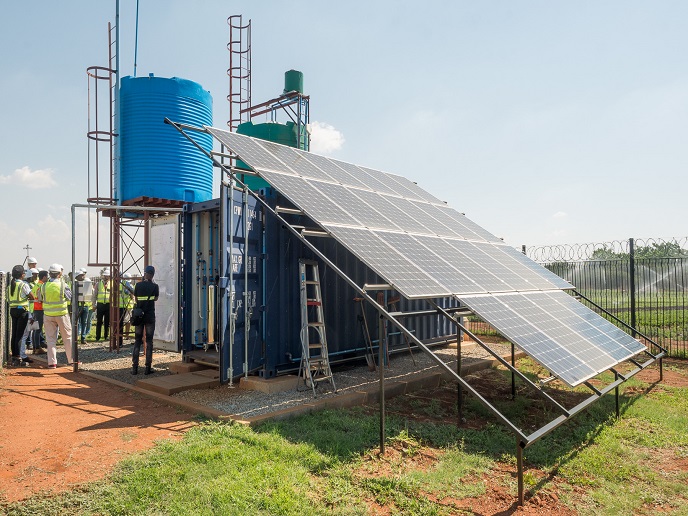New technology provides clean water in Africa
According to the World Health Organization (WHO), approximately 2 billion people around the world don’t have access to clean and safe water(opens in new window). Contaminated water is responsible for the transmission of diseases such as diarrhoea, cholera, dysentery, typhoid and polio, with an estimated 485 000 deaths from diarrhoea alone each year.
Application of novel technology for clean water
The aim of the EU-funded SafeWaterAfrica(opens in new window) was to disinfect water for domestic use in remote rural areas in Africa in a sustainable and affordable way. “Our key aim was to produce drinking water that doesn’t cause health issues when consumed by people,” explains project coordinator Lothar Schaefer. The project was a collaborative effort between academic and industrial partners from Germany, Spain and Italy who provided knowledge on new technologies for water purification as well as academic and industrial partners from Mozambique and South Africa who contributed with additional technologies and system integration. Partners took into consideration the water quality from different sources in Mozambique and South Africa and designed a water treatment system that incorporated both existing as well as a novel pre-treatment technology. They generated an autonomous and decentralised system for efficiently removing pathogens from water and degrading harmful pollutants such as pesticides. The cleaning process initially involves a pre-treatment step in which the organic material suspended in the water becomes separated using a salt coagulant. This converts chemical pollutants into a precipitate that is then easily removed from the water through column filtration. The next phase involves water disinfection and is based on a new European water treatment technology called CabECO(opens in new window). This technology uses electrochemical oxidation to produce strong oxidants such as ozone without the need for additional chemicals. Application of low voltage between two diamond-coated electrodes causes water molecules to split into ozone and reactive OH radicals, both of which decompose microbes and organic pollutants quickly and efficiently.
Demonstrator units in operation in Africa
Partners have built and installed two demonstrator units, one in Mozambique (Ressano Garcia, Incomati River) and one in South Africa (Waterval, Klip River). Both units produce approximately 10 cubic metres of water per day, enough for 300 people. The quality of water fulfils both WHO standards and the South African National Standard for drinking water. Importantly, the units are self-sufficient, operating through photovoltaic modules. A few hours of sunlight can power the unit in South Africa to produce 10 000 litres of clean water per day. A remote diagnosis system displays demonstrator data, measures water quality, and supports operational maintenance as well as repair processes. Moreover, the water treatment system is easy to operate and can be implemented by local people, thus creating new jobs in the community. The low-cost, flexibility and mobility of the SafeWaterAfrica unit make it easy to install even in remote or isolated areas across the continent. “This ‘Made in Africa’ system strongly involved African partners and will be easier to implement by local communities. This will help improve the health and social well-being of people in Africa,” concludes Schaefer.







